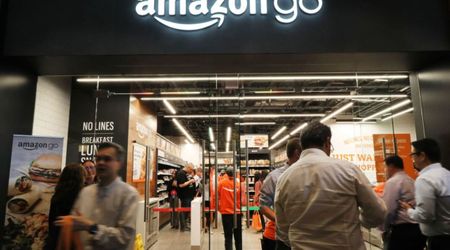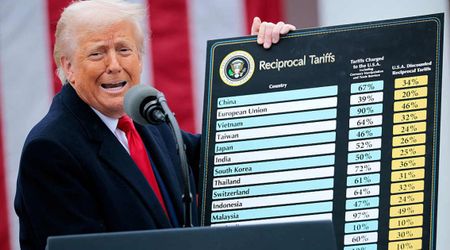Here's Why Gen Z and Millennial Consumers are Opting to Tip Less After a Shift in Trends

Rising prices are taking a toll on American households, and the impact is being felt in the form of reduced consumer spending. Despite a slight decrease in inflation, Consumer Price Index data suggests that consumer sentiment has not yet caught up, affecting spending in industries that heavily rely on tips. The PYMNTS Intelligence study, titled, "Tipping Over: Consumers Reducing Spending and Avoiding Tips" delved into the sentiments of 2,000 U.S. consumers to unravel the connection between their views on inflation and tipping habits. The study also explored their perspectives on the growing pressure to tip across various industries.

Why consumers have curtail their spending
The findings reveal that the demand for tips has extended its reach across multiple sectors, fueled by the failure of real wage growth to keep pace. Almost 3 in 10 consumers now perceive tipping as excessive, with fast-food establishments, personal grooming services, dine-in restaurants, and even grocery stores increasingly requesting tips. This shift in tipping norms has left 23% of consumers frustrated, making them tip less over the past 30 days compared to the previous year. Specifically, these individuals reported tipping approximately $19 less per month compared to the same period last year.
Tipping also has had a tangible impact on consumer spending. Seventeen percent of consumers across all income groups have curtailed their spending in response to rising tipping expenses. Notably, younger consumers, especially Generation Z and millennials, are more likely to express this sentiment, with 27% and 23%, respectively, stating that they have cut back on spending due to the high cost of tipping. In contrast, only 13% of Generation X, baby boomers, and seniors shared the same view.

Which sector is most affected by reduced spending?
The data also sheds light on where consumers are trimming their spending due to tipping costs. Dining out takes the lead, with 60% of these consumers reducing their spending on food from table-service restaurants, and 49% doing so in quick-service restaurants where tipping is increasingly encouraged. Around 27% and 26% of consumers have tightened their budgets for hotels and rideshare services respectively while 22% have cut spending on clothing for the same reason.
Some consumers are tipping more
On a positive note, consumers whose wages have kept up with inflation are better equipped to handle the increased pressure to tip. Nearly half of this group, constituting 18% of consumers overall, have opted to increase the amount and frequency of their tipping. They are motivated by philanthropic sentiments and social pressure, with 50% believing that service workers need more money during times of high inflation, and 36% feeling socially compelled to assist them.

However, even as this group adapts positively to the changing landscape, the broader consumer base faces challenges as inflation erodes purchasing power. Tipping, once confined to specific industries, has now permeated various sectors, leading to reduced spending across the board, from dining out to purchases in industries traditionally exempt from tipping. Understanding and addressing these shifting consumer dynamics is crucial for businesses navigating the evolving economic landscape.





















